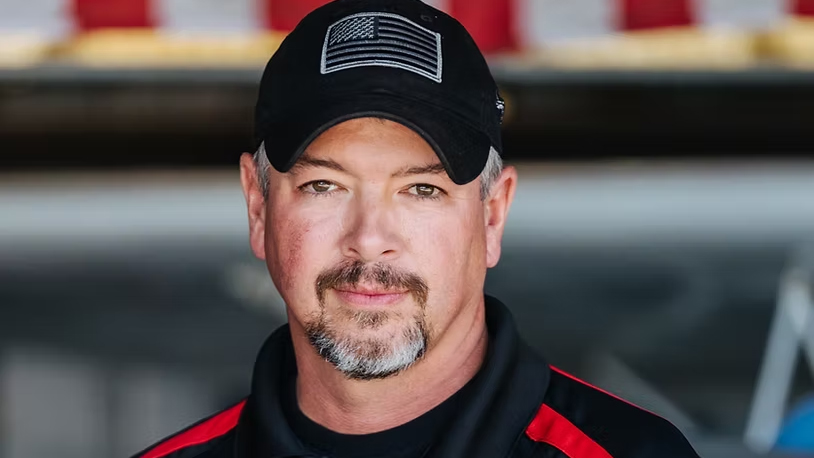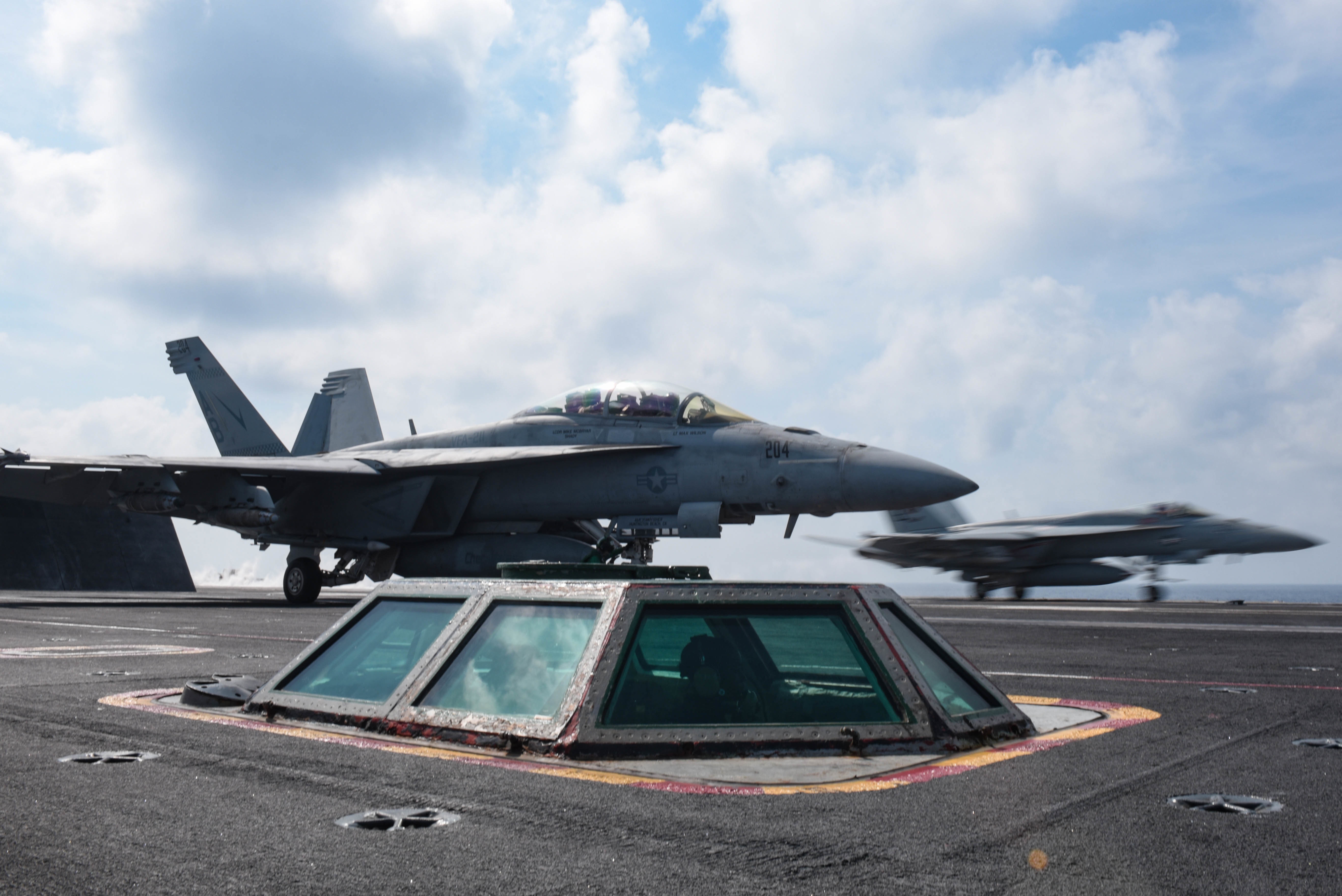Illinois Plane Crash: 4 Lives Lost, NTSB Investigates
Tragedy in Trilla: Small Plane Crash Claims Four Lives in Illinois
A Dark Saturday Morning in Coles County
It's always heartbreaking to hear about aviation accidents, isn't it? This past Saturday morning brought such sorrow to Coles County, Illinois. A single-engine plane crashed near Trilla, claiming the lives of all four people on board. The incident has sent ripples of grief through the local community and beyond.
The Details Emerge: Cessna C180G Down
According to Illinois State Police, the plane, a Cessna C180G model, went down around 10:15 a.m. The National Transportation Safety Board (NTSB) has taken charge of the investigation, seeking to uncover the cause of this devastating crash. The plane had departed from Menomonie, Wisconsin, earlier that morning. Imagine the hopes and plans those four individuals had when they took off.
NTSB Investigation Underway
Initial Steps of the Investigation
The NTSB's investigation will likely involve a meticulous examination of the wreckage, weather conditions, pilot experience, and maintenance records. They are the detectives of the sky, piecing together the puzzle to understand what went wrong. Their findings are crucial not only for understanding this tragedy but also for preventing future accidents.
Potential Factors Under Scrutiny
What could have caused such a sudden and catastrophic event? Was it mechanical failure, pilot error, or perhaps a combination of factors? These are the questions the NTSB will be trying to answer. It's like a complex equation, with multiple variables that need to be carefully analyzed. Think of it as a high-stakes CSI investigation, but with wings instead of footprints.
A Community Mourns: Governor Pritzker's Response
The news has deeply impacted the state, with Governor JB Pritzker expressing his condolences on X (formerly Twitter). He urged the public to heed instructions from law enforcement as roads were closed in the vicinity of the crash site.
“Terrible news out of Coles County,” Pritzker wrote. “My administration is monitoring the situation as we keep those impacted by the plane crash in our thoughts today.” It's a somber reminder of how fragile life can be. When a tragedy like this strikes, it reminds us that even the highest office feels the weight of grief.
The Cessna C180 Skywagon: A Closer Look
Aviation History of the Cessna C180
The Cessna C180 Skywagon is a popular and versatile aircraft known for its reliability and performance. But even the most dependable machines can be susceptible to unforeseen circumstances. It's like a trusty steed; powerful and capable, but still subject to the laws of physics and the potential for accidents. This particular model, the C180G, is a later variant in the Skywagon series.
Performance and Capabilities
Typically seating four, the Cessna C180 is often used for personal transportation, backcountry flying, and utility work. Its rugged design and powerful engine make it capable of operating from shorter, unimproved airstrips. However, any aircraft, regardless of its capabilities, is only as safe as the conditions allow and the pilot's skill.
The Impact on Trilla, Illinois
Trilla, a small village in Coles County, is likely reeling from this incident. A tragedy of this magnitude leaves an indelible mark on a community, bringing sorrow and a sense of shared loss. Local residents will undoubtedly rally together to support the families of the victims during this difficult time.
Remembering the Victims
While the investigation focuses on the technical aspects of the crash, it's important to remember the human cost. Four lives were tragically cut short. Let's take a moment to remember the victims and offer our deepest sympathies to their families and friends. They were more than just names in a news report; they were individuals with dreams, hopes, and loved ones who will miss them dearly.
Aviation Safety: A Constant Pursuit
The Importance of Safety Regulations
Aviation safety is a paramount concern, and regulations are in place to minimize risks. These rules and protocols are not arbitrary; they are built on decades of experience and lessons learned from past tragedies. Regular inspections, maintenance, and pilot training are all essential components of a safe aviation system.
Technological Advancements in Safety
Over the years, technology has played an increasingly important role in enhancing aviation safety. From advanced navigation systems to improved weather forecasting, these advancements have significantly reduced the risk of accidents. Think of the modern cockpit as a sophisticated command center, equipped with tools to help pilots make informed decisions.
The Ripple Effect of Loss
The impact of such a loss extends far beyond the immediate families. Friends, colleagues, and the entire community feel the void left by those who are gone. It's like a stone thrown into a still pond; the ripples of grief spread outwards, touching the lives of many.
Grief and Healing
Coping with loss is never easy. It's a process that requires time, support, and understanding. Grief can manifest in many different ways, and it's important to allow oneself to feel the emotions that arise. Seeking professional help or connecting with support groups can be invaluable during times of sorrow.
Understanding Air Accidents
Why Do Planes Crash?
Understanding the complexities of plane crashes is paramount. It is rarely ever just one reason that causes an aircraft accident. Most accidents are attributed to a chain of events rather than a single cause.
Common Causes of Plane Accidents
Some of the most common causes are pilot error, mechanical failure, weather conditions, and air traffic control issues. The NTSB investigates the wreckage, analyzes weather reports, and reviews pilot training records to determine what led to a crash.
What To Do If You Witness an Accident
If you witness an airplane accident, call emergency services immediately. Don't approach the wreckage as it might be hazardous. Provide as much information as you can to the authorities.
Supporting the Community
Following a tragic accident like this, supporting the community becomes crucial. Offering condolences, attending memorial services, and contributing to support funds can help ease the burden of grief. Together, we can create a space for healing and remembrance.
Remembering the Importance of Vigilance
This tragedy serves as a stark reminder of the importance of vigilance in all aspects of aviation. Regular maintenance, thorough pre-flight checks, and adherence to safety protocols are essential for preventing future accidents. The sky is vast, but it demands respect and careful attention.
Conclusion: A Moment of Reflection
The single-engine plane crash in Trilla, Illinois, is a somber reminder of the fragility of life. Four lives were lost, leaving behind grieving families and a community in mourning. As the NTSB investigates the cause of the crash, let us remember the victims and reflect on the importance of aviation safety. The investigation's findings will hopefully provide insights to prevent similar tragedies in the future. Our thoughts are with those affected by this devastating event.
Frequently Asked Questions (FAQs)
Here are some common questions people have after an aviation accident:
- What is the role of the NTSB in investigating plane crashes?
The National Transportation Safety Board (NTSB) is an independent federal agency responsible for investigating civil aviation accidents in the United States. Their goal is to determine the probable cause of the accident and make safety recommendations to prevent future occurrences.
- How long does it typically take for the NTSB to complete an accident investigation?
The length of an NTSB investigation can vary depending on the complexity of the accident. Some investigations can be completed in a few months, while others may take a year or more.
- What factors do investigators consider when determining the cause of a plane crash?
Investigators consider a wide range of factors, including weather conditions, pilot experience, aircraft maintenance records, air traffic control communications, and the condition of the wreckage.
- What can be done to prevent future aviation accidents?
Preventing future accidents requires a multi-faceted approach that includes rigorous safety regulations, advanced technology, thorough pilot training, and regular maintenance of aircraft.
- How can I support the families of the victims of the plane crash?
Local community organizations often establish support funds to assist the families of the victims. Additionally, offering condolences and attending memorial services can provide comfort and support during this difficult time. Check with local news outlets for reliable information.



